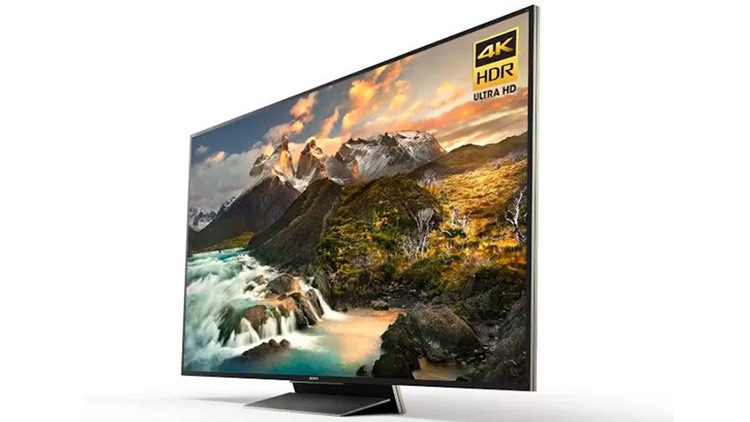Study: TV Rates High as Ad Medium

For all the hand-wringing about cord-cutting and commercial avoidance, it’s hard to top TV as an ad medium according to a new report.
A study by Neustar commissioned by Turner Broadcasting and Horizon Media found that for a $1M investment, television’s lift is consistently seven times better than paid search and five times better than online display advertising across a broad list of advertising categories.
The study also found that the lift from TV campaigns over 2010-2016 provides a lift five times better than online display ads.
“Dollar for dollar, TV provides the most scale and delivers the highest return on ad spend from both a sales and awareness perspective,” the report said. “It’s important to note that even TV will reach a saturation point, and the next marketing dollar should be spent elsewhere. To ensure an optimized marketing mix, advertisers should adopt a data-driven approach that can inform the ideal media allocation across all channels based on all internal and external market conditions to meet their performance goals.”
The study comes as advertisers, through their media agencies, and the networks are negotiating upfront ad deals for the next TV season. During upfront presentations, networks bashed digital advertising for an array of issues, including viewability, bot fraud and ads landing near content that isn’t brand safe.
TV execs also said that TV has proven over the long haul that it generates sales and that marketers have gotten disappointing results from some digital ad investment. Studies produced by TV networks tend to support that idea.
The new report follows up on a 2015 study commissioned by Turner and Horizon Media conducted by Neustar MarketShare—the global leader in advanced marketing analytics—to gauge the effectiveness of TV advertising in terms of reach, lift, ROI and efficiency when compared to a variety of other media channels. The new report looks at additional advertising categories.
The smarter way to stay on top of broadcasting and cable industry. Sign up below
Neustar MarketShare evaluated data from thousands of marketing mix models across a variety of industries including financial services, movies, quick-service restaurants, consumer electronics, automotive, telecommunications, hospitality, consumer packaged goods and retail. The analysis was derived from proprietary data generated from hundreds of studies that examined actual marketing spend, business outcomes (not panel data) and informed “real-world” experiences from each sector.
“Overall, our results show that despite dramatic advancements in technology, new digital platforms, and changes in consumer behavior, TV continues to be the best vehicle to deliver a brand’s message seen by a large audience,” the report said.
Marketers can use advanced analytics to optimize TV spend more effectively. “Our analysis indicates that marketers should not limit rapid analytics-driven optimization only to digital marketing,” the report said. “Leveraging high-frequency data to glean quicker performance insights can help advertisers reallocate resources by TV type, network, creative, and day part to significantly impact results.”
The report found that online video ads attached to premium streaming content are more effective than user-generated platforms. With the explosion of sharing platforms and popularity of video formats, professionally produced content is seen to be the most impactful.
TV has a significant cross-product halo effect on the brand’s portfolio outside of the one being featured in the advertisement, with one brand attributing 35% of sales to non-advertised products. Meanwhile, removing TV and implementing standalone digital strategy has an average negative halo effect of 18% on ROI.
Addressable and targeted ads are also very effective. “We found that Behavioral Targeting required the fewest impressions to generate an interaction,” the report said.
Jon has been business editor of Broadcasting+Cable since 2010. He focuses on revenue-generating activities, including advertising and distribution, as well as executive intrigue and merger and acquisition activity. Just about any story is fair game, if a dollar sign can make its way into the article. Before B+C, Jon covered the industry for TVWeek, Cable World, Electronic Media, Advertising Age and The New York Post. A native New Yorker, Jon is hiding in plain sight in the suburbs of Chicago.

